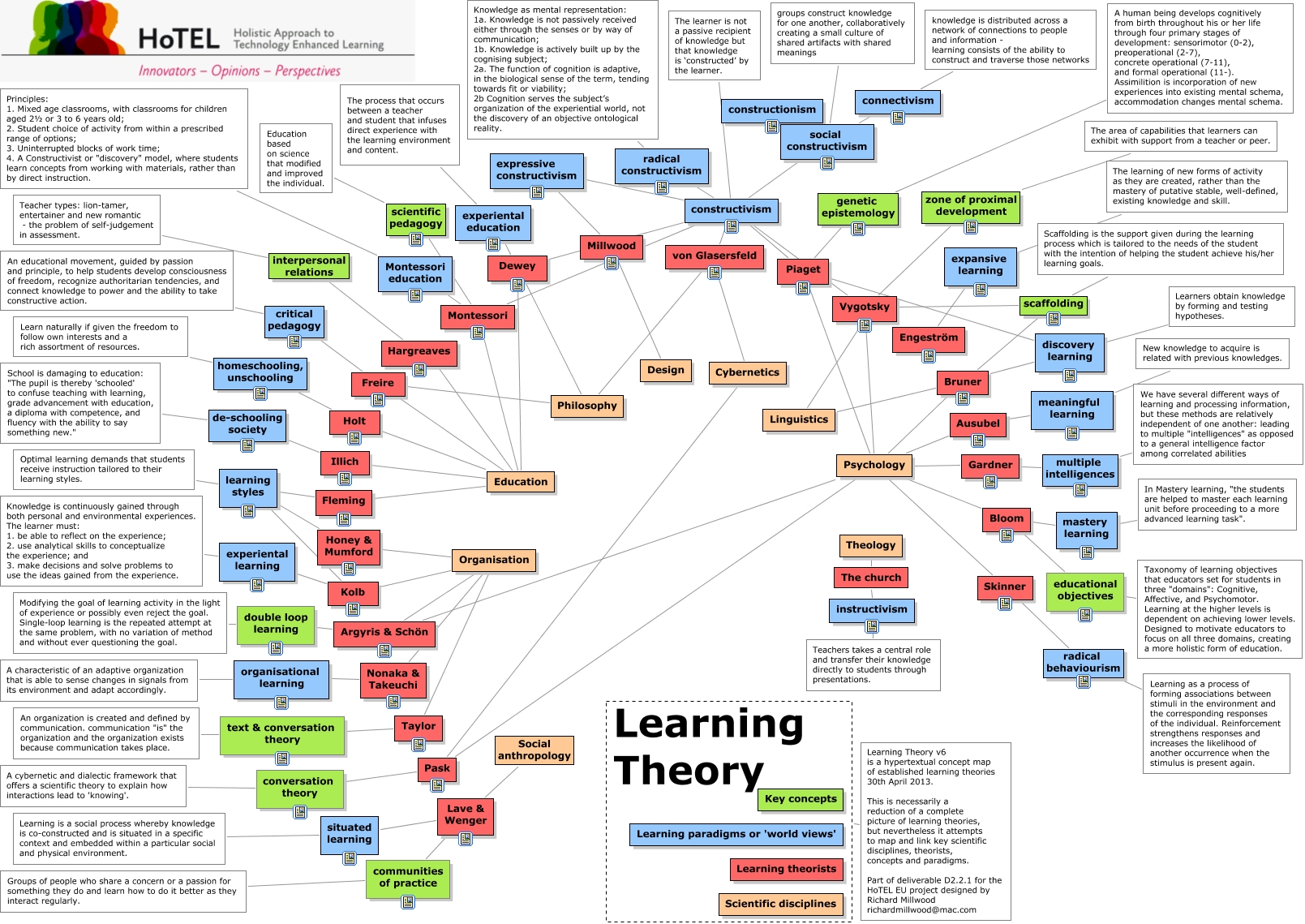My favorite moments are when a mental light bulb goes off, a smile lights up their face, and something like “OH!” is exclaimed.
When I started teaching, it was in the most informal learning environment you could imagine: a retail store. I was coached to not point at screens, to always let the student drive (control the computer), and to encourage active engagement versus furious notetaking on the part of the learner. My job was to know how to coach the learner through the process of exploring tools, guide the learner through discovering how menus were organized, and generally help the learner gain the confidence needed to know that clicking the thing would not destroy their new computer.
These learners, primarily older than 50, were guided through experiential discovery learning, given scaffolding to guide them from where they were starting to their self-selected learning goals, and joined a community of practice at Apple.
After this, I transitioned into formal education. I brought this teacher-as-coach mentality with me and relished my adolescent psychology class that dove into how the brain makes memories and connections between neurons.
As an educator, I learned the science of how our students’ brains develop and work. The changes that experience - all experiences - have on their physical brain change our brains. I have always been and was excited to learn that neuroscience has highlighted the physical reasons that activating prior knowledge before introducing new material works and that you see Vygotsky’s Zone of Proximal Development at play in a learner’s brain (McTighe & Willis, 2019).
The following graphic is a selection of learning theories (Millwood, R. 2013)
As I reflected on this graphic, I tried to find the connections between theories and concepts I use in my teaching practice. Do I (attempt) to make communities of practice? Absolutely. Do I strive to provide experiential learning opportunities for my students? Absolutely. Do I think that learning is, at its heart, done in the brain of the learner? Yes.
But it goes further than any of those theories on their own. As I considered the graphic, I realized I am drawn to radical constructivism. I have not learned about this theory previously, but I look forward to learning more. The basic definition is that knowledge is created in the learner’s mind. I spend my time with students aged 7-12. I hear the students work through their existing schema, background knowledge, and experiences I have not participated in to make new knowledge. When my explanations have failed, it is invariably a classmate who can guide the struggling learner through their struggle by connecting with the student’s existing knowledge. The classmate serving as a guide has an understanding of the world (a mental model, if you will) that more closely aligns with the struggling learners’ understanding of the world than I have. It’s the same reality, but our understandings and interpretations of it differ. Neither is, necessarily, more right than the other.

